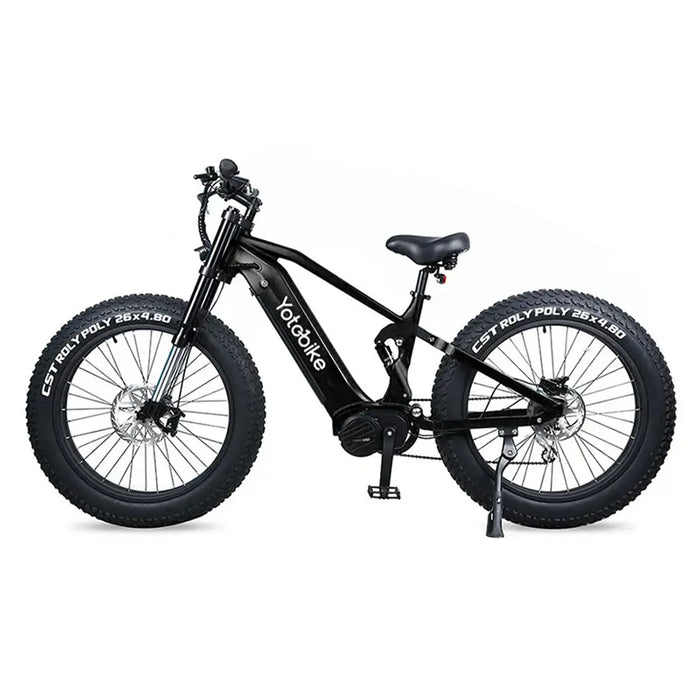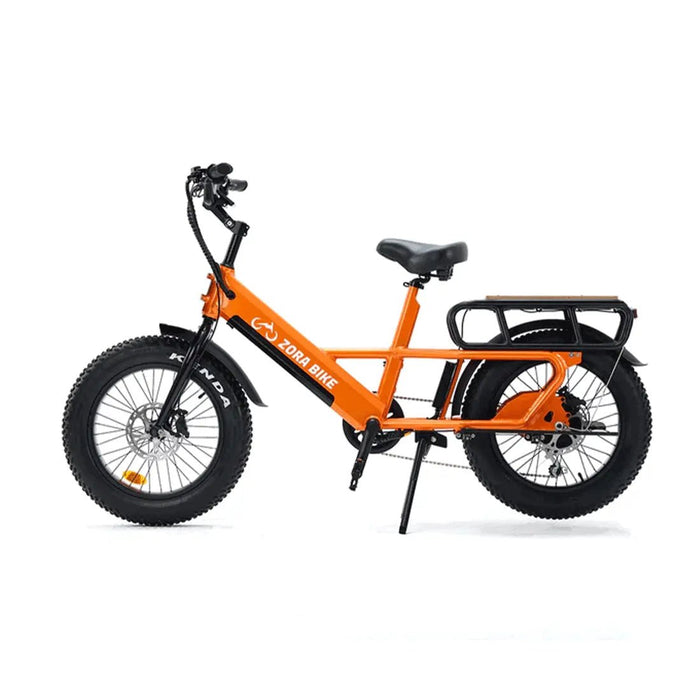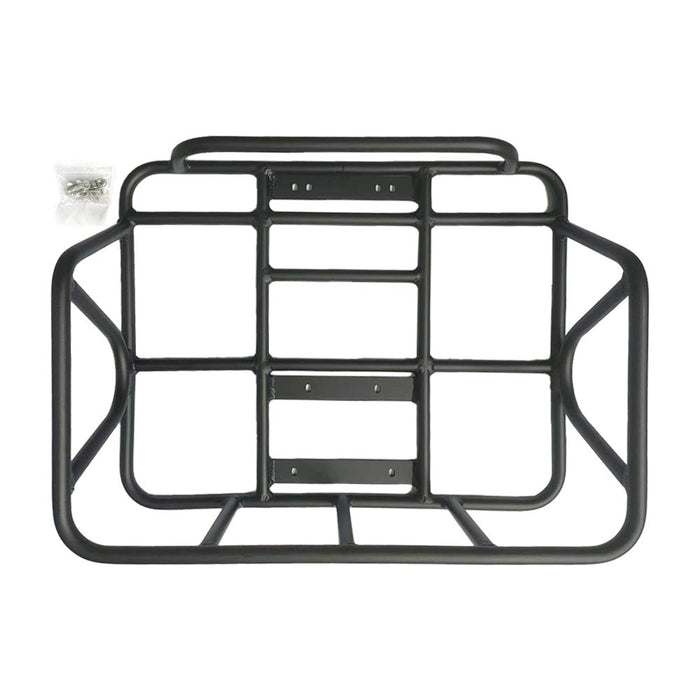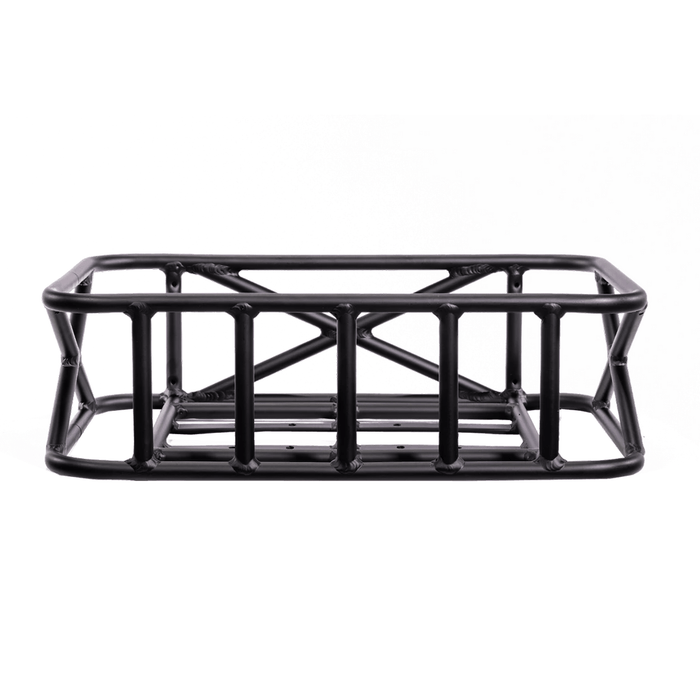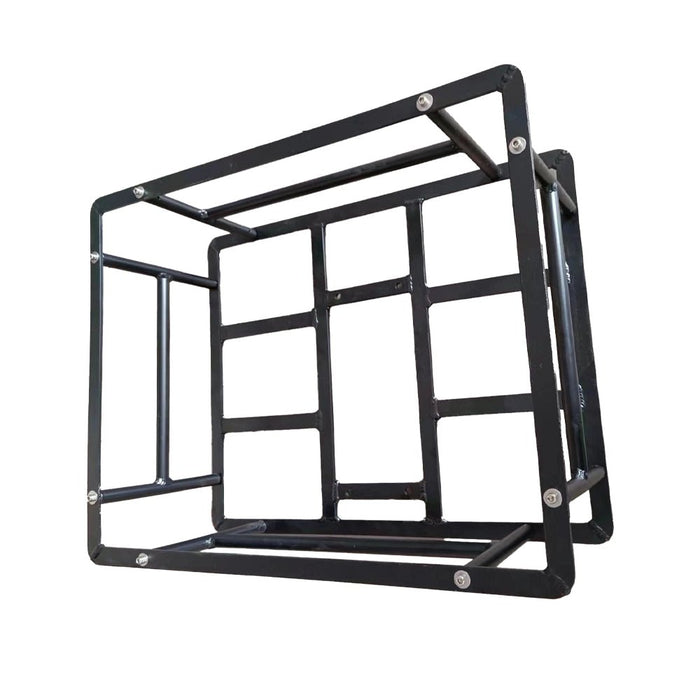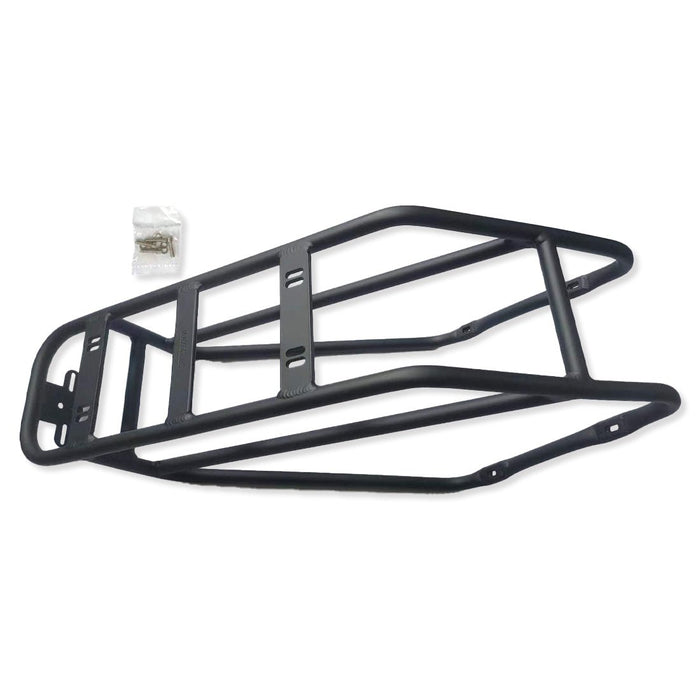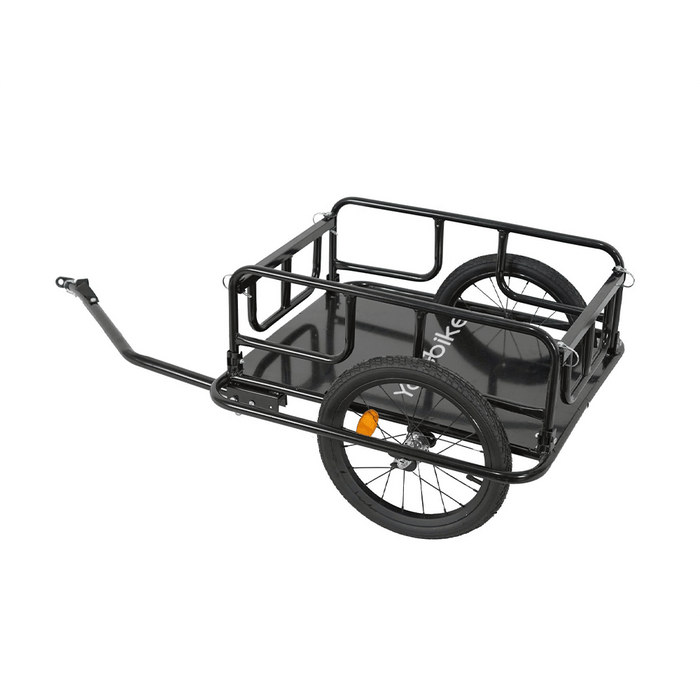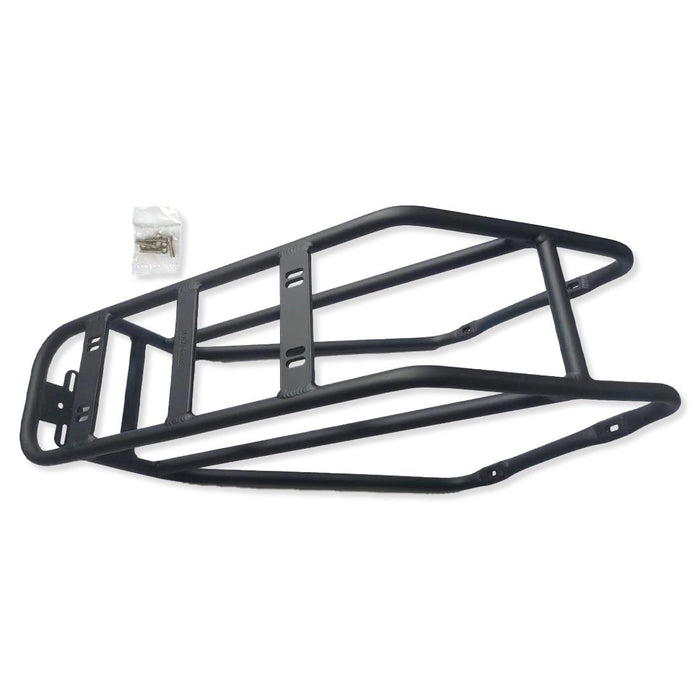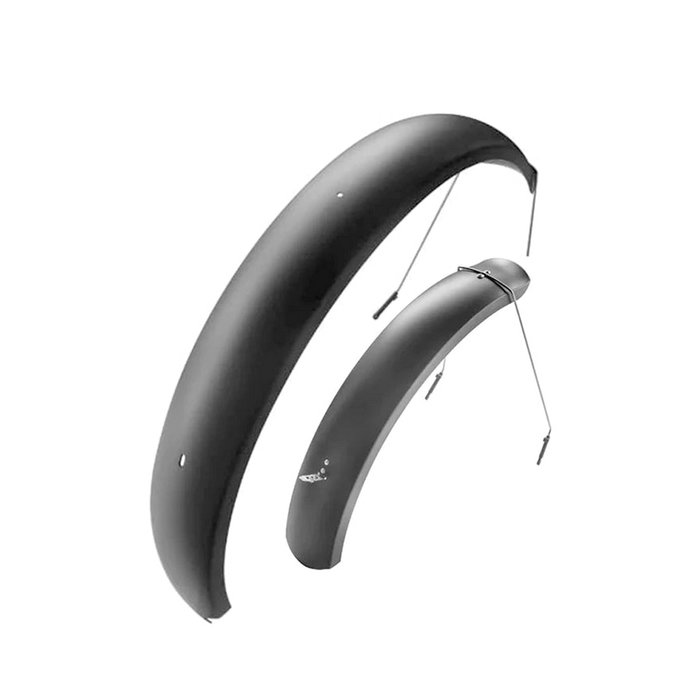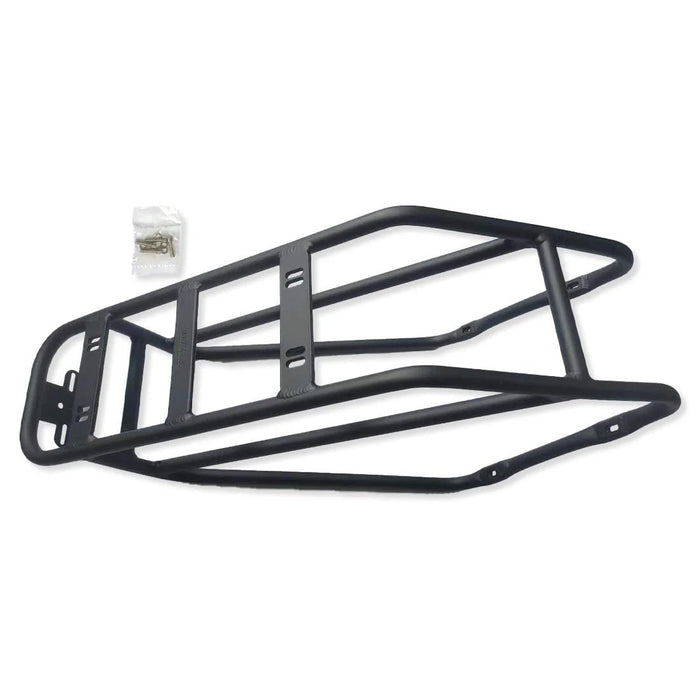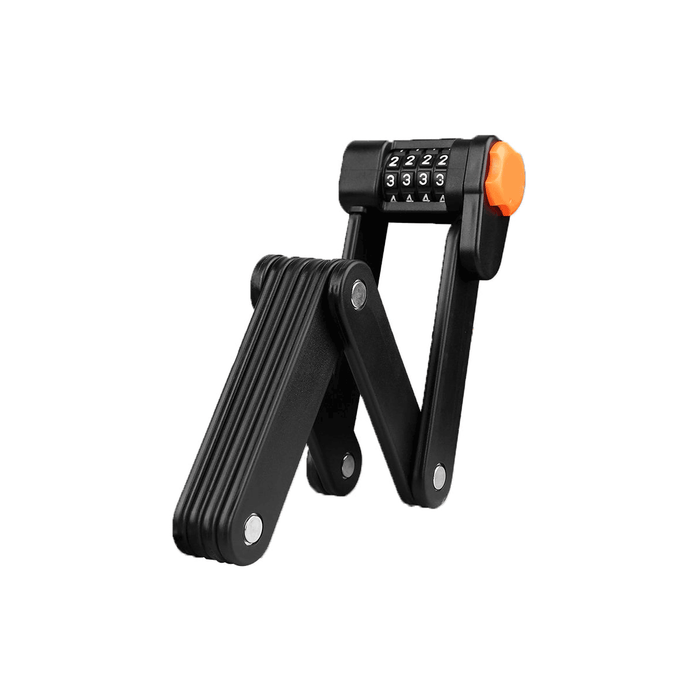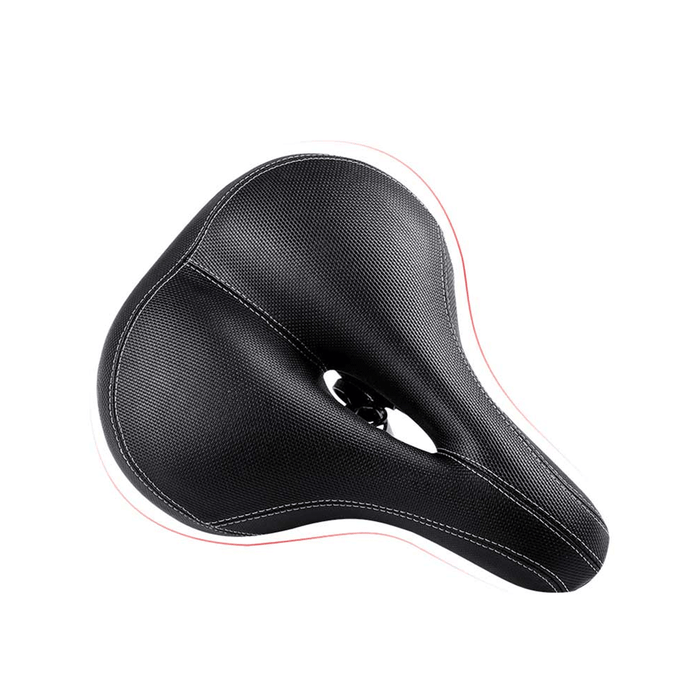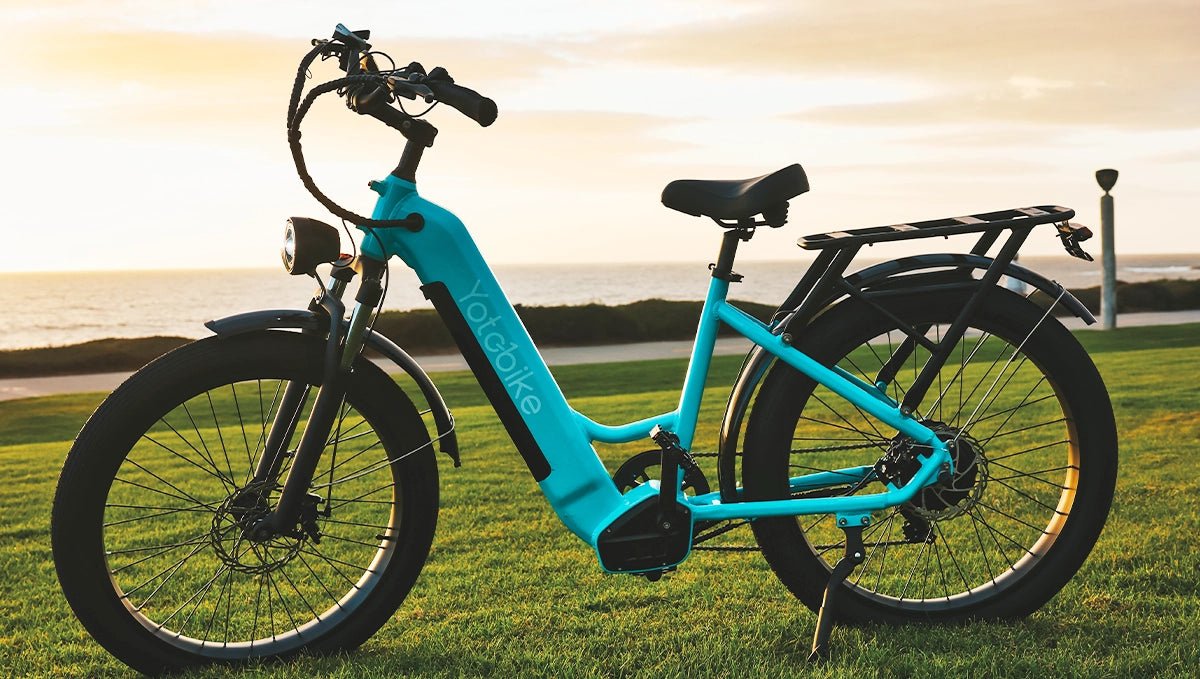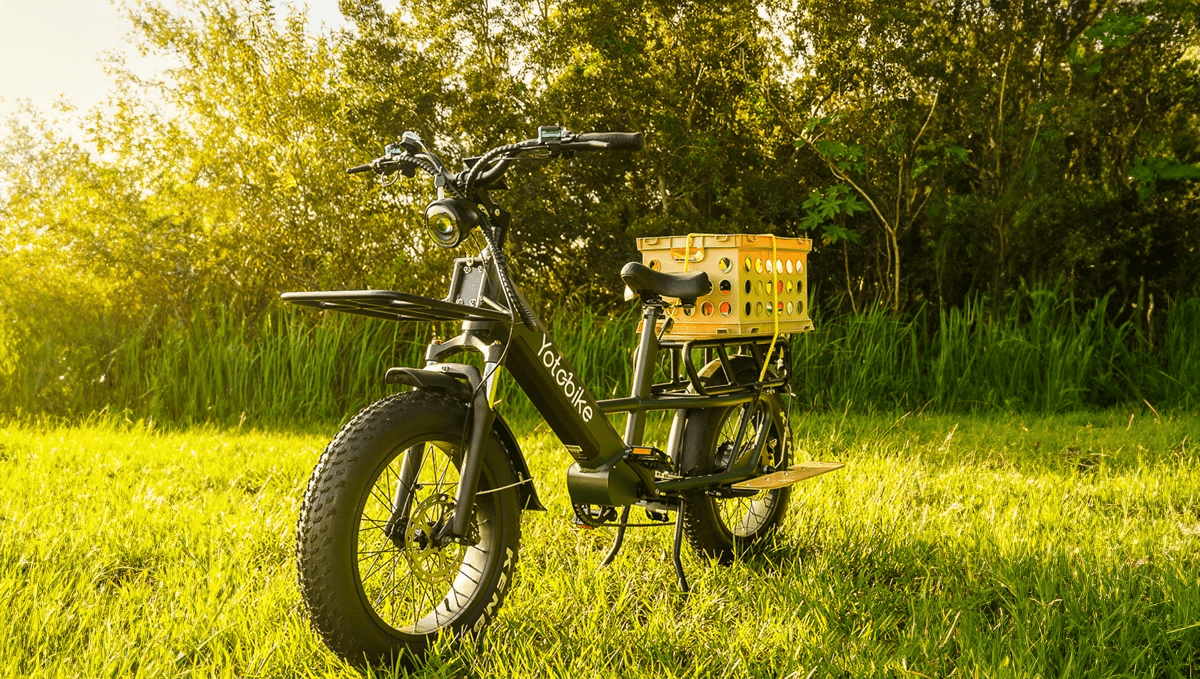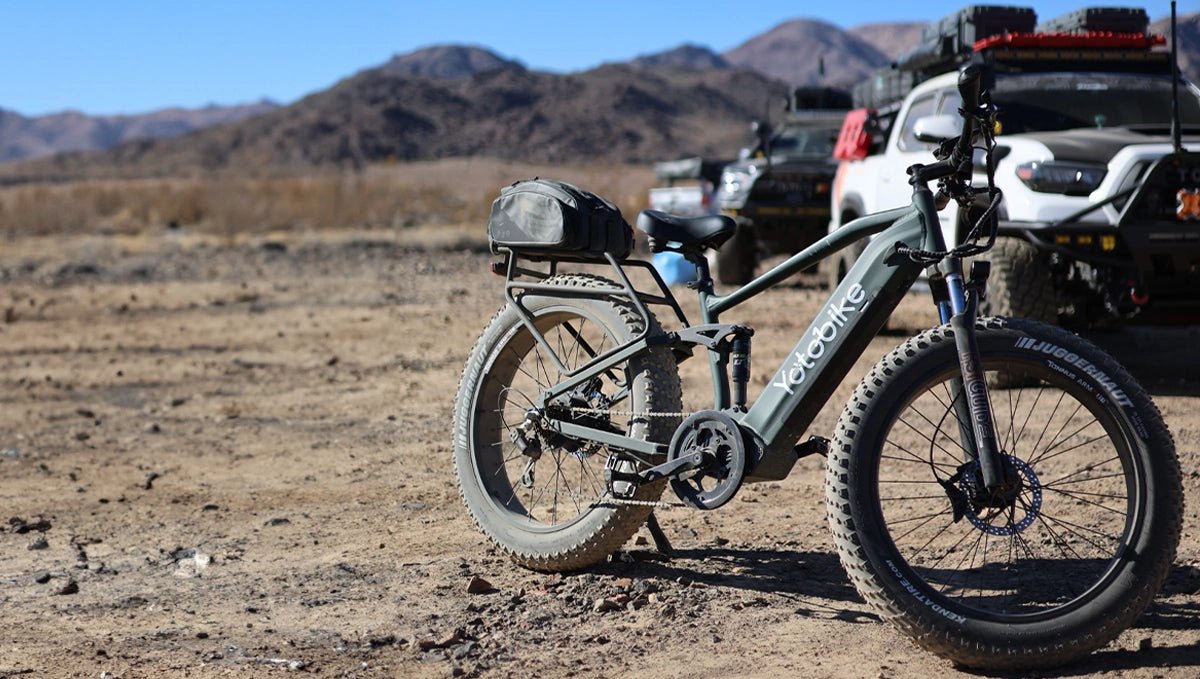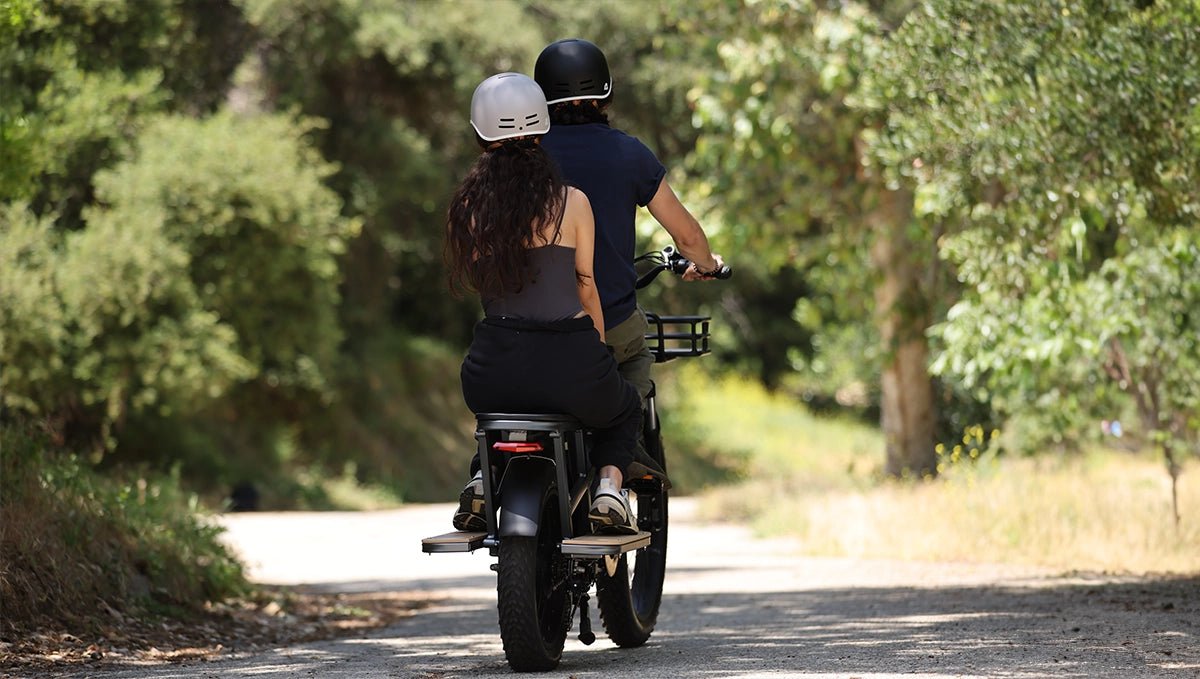
Choosing the right battery for your electric bike (e-bike) is crucial for optimizing your riding experience. If you’re wondering what size battery is best for electric bike, this guide will help you understand the basics, explore common battery types, and determine the ideal size for your needs.

Understanding Electric Bike Battery Basics
When selecting a battery for your e-bike, it's essential to grasp three key specifications: amp-hours (Ah), volts (V), and watt-hours (Wh).
Amp-hours (Ah) measure the battery’s capacity to provide a certain amount of current over time. A higher Ah rating means the battery can supply current for a longer duration. For example, a 15 Ah battery can provide current longer than a 10 Ah battery, allowing for an extended range, but not necessarily more power.
Volts (V) represent the battery’s electrical potential, or the speed at which electrical energy flows through the system. Higher voltage batteries deliver more power to the motor, resulting in better performance and higher speeds. Common voltages for e-bike batteries are 36V, 48V, and 52V. A higher voltage enhances performance but may add weight.
Watt-hours (Wh) represent the total energy a battery can store, calculated by multiplying Ah by V. For instance, a 15 Ah battery at 36V provides 540 Wh of energy (15 Ah × 36 V = 540 Wh). More watt-hours mean a longer range but don’t necessarily improve performance, which is also influenced by the motor and controller.
Common Types of Batteries Used in Electric Bikes
Understanding the types of batteries available is crucial when choosing the right one for your e-bike. Lithium-ion (Li-Ion) batteries are the most commonly used due to their efficiency and durability. Within the Li-Ion category, there are several specific types:
Nickel Manganese Cobalt (NMC)
NMC batteries are known for their high energy density and balanced performance. They offer a good combination of power output, stability, and safety. NMC batteries are lighter and more compact, making them suitable for high-performance e-bikes that need significant power without excessive weight.
Lithium-Cobalt Oxide (LCO)
LCO batteries provide high energy density and are often used in compact e-bikes where space and weight are critical. However, they can be less stable than NMC batteries, requiring careful handling to ensure safety and longevity.
Lithium Iron Phosphate (LFP)
LFP batteries are renowned for their long lifespan and safety. They are less energy-dense compared to NMC and LCO batteries but excel in stability and thermal safety. LFP batteries are a good choice if you prioritize battery life and safety over sheer power output.
Popular Electric Bike Battery Sizes: Which One Is Right for You?
The size of the battery significantly impacts your e-bike’s performance and range. Here are the most common battery sizes and their typical uses:
36V Batteries
Suitable for short commutes and lighter use, these batteries are often used in urban environments where extensive range is not as critical. A 36V battery is generally enough for daily city rides, providing a balance between power and weight.
48V Batteries
Offering a balance of power and range, 48V batteries are ideal for daily commuters who may occasionally take longer rides. This size is popular among e-bike users who need more power for hill climbing and faster speeds without significantly increasing the bike's weight.
52V Batteries
For those requiring extra power and extended range, 52V batteries are the best option. They are well-suited for long-distance riders and those tackling challenging terrains. These batteries offer additional power for longer journeys and more demanding conditions but are heavier and more expensive.
Factors to Consider When Choosing Battery Size for Your Electric Bike

Choosing the right battery size involves evaluating several factors:
1. Consider Your Riding Needs
Think about how you use your e-bike. Short commutes and light use may be satisfied with a 36V battery, while longer rides or hilly terrain might require a 48V or 52V battery for better performance and range.
2. Get the Right Battery Type
While Lithium-Ion batteries are generally recommended for their balance of performance and cost, specific types like Lithium Iron Phosphate (LiFePO4) offer longer lifespans, and Lithium Nickel Manganese Cobalt Oxide (NMC) provides higher energy density. Choose based on your riding needs and budget.
3. Explore the Charging Method
Your charging infrastructure can influence your battery size choice. If you can easily charge your e-bike at home, a smaller battery might be sufficient. However, if you’re often away from charging stations, a larger battery with a longer range can offer more flexibility.
4. Consider Climate Factors
Extreme temperatures can impact battery performance. In hot climates, a larger battery may help compensate for heat-related performance issues. In cold weather, a bigger battery can offset reduced range due to lower temperatures.
5. Compare Battery Brands and Prices
Reputable brands and good warranty support are crucial. Quality and reliability can vary, so choose a trusted e-bike manufacturer like Yotobike, which offers high-quality ebike battery models to ensure you get a durable and dependable battery.
How to Calculate the Best Battery Size for Your Electric Bike
To determine what ebike battery size is best for you, use this formula:
Battery Capacity (Ah) = (Power Consumption (W) / Voltage (V)) × Time (h)
For example, if your e-bike consumes 600 watts and operates at 32 volts, and you plan to ride for 3 hours, the calculation is:
Battery Capacity (Ah) = (600 W / 32 V) × 3 h = 56.25 Ah
Thus, you would need a battery with approximately 56.25 ampere-hours to support a 2-hour ride at 600 watts. Adjust the capacity based on your actual power consumption and ride duration for optimal performance.
How to Maintain and Prolong the Life of Your E-Bike Battery
Taking proper care of your e-bike battery helps maximize its lifespan and keeps it running efficiently:
- Charge Correctly
Always use the charger that comes with your e-bike. Fast chargers that aren’t designed for your battery can cause damage. If you’re storing the battery for a long period, keep it at about 50% to 70% charge.
- Store It Properly
When storing your e-bike for an extended time, remove the battery and keep it in a cool, dry environment. The ideal temperature for storage is between 68-77°F (20-25°C).
- Protect From Extreme Temperatures
Extreme heat or cold can negatively affect your battery’s performance. Try to avoid exposing it to high or freezing temperatures, and if you’re riding in such conditions, keep an eye on the battery’s temperature and avoid pushing it too hard.
HConclusion
Choosing what size battery is best for electric bike involves understanding your needs, exploring battery types, and calculating the appropriate capacity. By considering factors such as riding habits, battery types, and maintenance practices, you can select a battery that enhances your e-bike experience. Knowing the best battery size for electric bikes ensures you get the most out of your rides, providing both performance and reliability.
FAQs
How big of a battery do I need for an ebike?
The size of the battery you need depends on your riding habits. For short commutes, a 36V battery is often sufficient. For longer rides or hilly terrain, a 48V or 52V battery provides more power and range. Choose based on your distance, terrain, and how often you ride.
Will a bigger battery make my ebike faster?
A bigger battery doesn’t directly make your e-bike faster. However, higher voltage batteries (like 48V or 52V) can deliver more power, which can increase your bike's speed and performance. The battery size affects range and power, but speed also depends on the motor and other bike components.
What is better, a 36V or 48V ebike?
A 48V e-bike is generally better if you need more power and performance, especially for climbing hills or longer rides. It offers increased speed and range compared to a 36V battery. However, a 36V battery is usually sufficient for short commutes and lighter use, making it more cost-effective.




